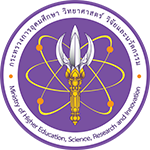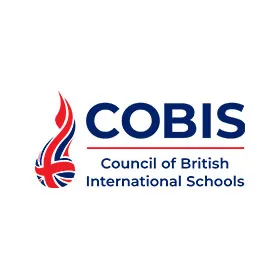Oct 10 | 2019
EdTech is an exciting world worth exploring right now, full of pioneers powering technology to new heights.
Whether its pushing ahead with new learning models, augmenting reality for teachers and students alike, or creating solutions to improve wellbeing, companies across Asia and the globe are helping bring the future of education into the present day.
Let’s take a look at five innovators changing the EdTech landscape right now.
Microsoft has been at the forefront of worldwide digital transformation since its inception. Its influence on computing cannot be underestimated, and it’s the same story for EdTech.
Along with its Azure partners, Microsoft is exploring multiple technology avenues to improve learning and teaching.
One of these is augmented reality. If you’re unfamiliar with the concept, augmented reality superimposes computer-generated images on a user’s view of the real world.
How does this fit into education? It can help bring to life static on-page learning. For instance, products like the Halo Mini projector developed by Microsoft partner Shadow Creator are aiding education in various ways.
One is helping school and university libraries improve navigation. Instead of scanning barcodes, a book title is entered, bringing up a holographic display of where the book is, how you can get there, and other books in the same category for expert time saving.
Elsewhere, teachers are using 3d modelling capabilities afforded by augmented reality. Things like organ anatomy, geographic maps, or atomic structures can be mapped in three dimensions in this way.
Microsoft augmented tech is already being used throughout Asia, in particular China. Institutes like Peking University and Chinese Academy of Sciences are already using this technology.
Lenovo is amongst the, if not the, largest suppliers of laptops globally. Certainly, its units are finding their way into classrooms around the world.
Like Microsoft, Lenovo has a stack of EdTech solutions available worldwide, in addition to its laptops. One it is pioneering is VR Classrooms. Virtual reality, similar to augmented reality, is a method of transporting students and teachers into a wide variety of immersive learning environments.
Supplying pupils with VR headsets allows them to transport to different places around the world, such as rainforests, beaches, mountains, and other areas like science labs, hospitals, and so on. It helps bring students into their education further, almost capable of touching their virtual environments (but not quite).
This is particularly beneficial for low-income pupils, or schools who have to decide between EdTech and practical field experiences. VR headsets, like those designed by Lenovo, act as portals to other worlds and spaces normally out of their reach.
Robotics will gain further prominence as the world moves towards mass automation. But are we future ready? Previous Bett Asia exhibitor and sponsor Robotical is on hand to prep pupils for a robot-led world.
How? With Marty, a cutesy little robot designed to improve their skills in engineering, robotics and coding. Those three skills will be essential in a future that’s just over the horizon.
Marty can be programmed with a variety of different coding languages, including Scratch, Python, and JavaScript. It can also be linked up with Raspberry Pi and ROS, in order to expand educators’ and learners’ experience and lesson plans.
Robotical describes the whole package as a “STEM class in a box”. Pupiles are encouraged to construct the physical Marty body, its motors, and power supply, then program it via the coding languages mentioned above to perform a variety of different tasks.
It’s a relatively simple but practical solution to get students thinking about attributes that could set them up well for life after education. Robotical suggests Marty is appropriate for learners aged 10-18.
Gamification is one of the tools teachers and educational app designers are helping students reach their potential. Its apps like Mangahigh that are making such systems available in classrooms throughout Asia.
But first, what is gamification? Simply put, it is using elements of game mechanics and design to engage and motivate people, in this case learners, achieve their goals. In Mangahigh’s, it’s taken it literally by providing educational games aimed at improving students’ mathematics skills.
Featuring adaptive quizzes, innovative games and even peer-against-peer competitions split across a variety of maths subjects, Mangahigh’s various apps and games are examples of engaging, fun innovations.
Parts of the mathematics curriculum broken down into the game format by Mangahigh include algebra, negative numbers, basic and advanced geometry, decimals, fractions and percentages, and linear equations. Users play the games, and can “level up” once they’ve completed maths-based tasks, helping them progress in real time.
Through this approach, collaboration and high levels of user engagement are achieved. Additionally, gamification systems also help boost context-based comprehension through adaptive and personalised learning.
While Central and East Asia boast near universal literacy rates, there are still major steps to be taken in achieving full literacy in South and West Asia. About 369 million youths and adults combined, 48% of both regions’ population, are unable to read at a basic level according to a 2018 UNESCO study.
Enter Worldreader. The San Francisco-based company has been helping young learners and adults in some areas of the world with limited access to education get a head start on reading.
Worldreader’s School Reading program delivers e-readers loaded with relevant and informative digital books, teacher support and community engagement activities to improve the educational outcomes of students and encourage reading both inside and outside of school.
Not requiring an internet connection, the E-readers are loaded with up to 30,000 different books covering a wide range of topics, helping pupils from primary to secondary level, and even mature students if necessary, reach their reading potential.
We talk about enhancing digital competence, but solutions like those Worldreader provides help encourage and enhance the most basic level of skills.
Are you an EdTech innovator? Bett Asia will help you reach a wide audience of over 2,600 government figures, teachers and leaders, and more industry professionals in one of the most exciting and largest education technology markets in the world.
Enquire about your participation options today.
Let’s take a look at five innovators changing the EdTech landscape right now.
5 EdTech pioneers
Microsoft
Microsoft has been at the forefront of worldwide digital transformation since its inception. Its influence on computing cannot be underestimated, and it’s the same story for EdTech.
Along with its Azure partners, Microsoft is exploring multiple technology avenues to improve learning and teaching.
One of these is augmented reality. If you’re unfamiliar with the concept, augmented reality superimposes computer-generated images on a user’s view of the real world.
How does this fit into education? It can help bring to life static on-page learning. For instance, products like the Halo Mini projector developed by Microsoft partner Shadow Creator are aiding education in various ways.
One is helping school and university libraries improve navigation. Instead of scanning barcodes, a book title is entered, bringing up a holographic display of where the book is, how you can get there, and other books in the same category for expert time saving.
Elsewhere, teachers are using 3d modelling capabilities afforded by augmented reality. Things like organ anatomy, geographic maps, or atomic structures can be mapped in three dimensions in this way.
Microsoft augmented tech is already being used throughout Asia, in particular China. Institutes like Peking University and Chinese Academy of Sciences are already using this technology.
Lenovo
Lenovo is amongst the, if not the, largest suppliers of laptops globally. Certainly, its units are finding their way into classrooms around the world.
Like Microsoft, Lenovo has a stack of EdTech solutions available worldwide, in addition to its laptops. One it is pioneering is VR Classrooms. Virtual reality, similar to augmented reality, is a method of transporting students and teachers into a wide variety of immersive learning environments.
Supplying pupils with VR headsets allows them to transport to different places around the world, such as rainforests, beaches, mountains, and other areas like science labs, hospitals, and so on. It helps bring students into their education further, almost capable of touching their virtual environments (but not quite).
This is particularly beneficial for low-income pupils, or schools who have to decide between EdTech and practical field experiences. VR headsets, like those designed by Lenovo, act as portals to other worlds and spaces normally out of their reach.
Robotical
Robotics will gain further prominence as the world moves towards mass automation. But are we future ready? Previous Bett Asia exhibitor and sponsor Robotical is on hand to prep pupils for a robot-led world.
How? With Marty, a cutesy little robot designed to improve their skills in engineering, robotics and coding. Those three skills will be essential in a future that’s just over the horizon.
Marty can be programmed with a variety of different coding languages, including Scratch, Python, and JavaScript. It can also be linked up with Raspberry Pi and ROS, in order to expand educators’ and learners’ experience and lesson plans.
Robotical describes the whole package as a “STEM class in a box”. Pupiles are encouraged to construct the physical Marty body, its motors, and power supply, then program it via the coding languages mentioned above to perform a variety of different tasks.
It’s a relatively simple but practical solution to get students thinking about attributes that could set them up well for life after education. Robotical suggests Marty is appropriate for learners aged 10-18.
Mangahigh
Gamification is one of the tools teachers and educational app designers are helping students reach their potential. Its apps like Mangahigh that are making such systems available in classrooms throughout Asia.
But first, what is gamification? Simply put, it is using elements of game mechanics and design to engage and motivate people, in this case learners, achieve their goals. In Mangahigh’s, it’s taken it literally by providing educational games aimed at improving students’ mathematics skills.
Featuring adaptive quizzes, innovative games and even peer-against-peer competitions split across a variety of maths subjects, Mangahigh’s various apps and games are examples of engaging, fun innovations.
Parts of the mathematics curriculum broken down into the game format by Mangahigh include algebra, negative numbers, basic and advanced geometry, decimals, fractions and percentages, and linear equations. Users play the games, and can “level up” once they’ve completed maths-based tasks, helping them progress in real time.
Through this approach, collaboration and high levels of user engagement are achieved. Additionally, gamification systems also help boost context-based comprehension through adaptive and personalised learning.
Worldreader
While Central and East Asia boast near universal literacy rates, there are still major steps to be taken in achieving full literacy in South and West Asia. About 369 million youths and adults combined, 48% of both regions’ population, are unable to read at a basic level according to a 2018 UNESCO study.
Enter Worldreader. The San Francisco-based company has been helping young learners and adults in some areas of the world with limited access to education get a head start on reading.
Worldreader’s School Reading program delivers e-readers loaded with relevant and informative digital books, teacher support and community engagement activities to improve the educational outcomes of students and encourage reading both inside and outside of school.
Not requiring an internet connection, the E-readers are loaded with up to 30,000 different books covering a wide range of topics, helping pupils from primary to secondary level, and even mature students if necessary, reach their reading potential.
We talk about enhancing digital competence, but solutions like those Worldreader provides help encourage and enhance the most basic level of skills.
Bett Asia is where the innovators are
Are you an EdTech innovator? Bett Asia will help you reach a wide audience of over 2,600 government figures, teachers and leaders, and more industry professionals in one of the most exciting and largest education technology markets in the world.
Enquire about your participation options today.
.png?ext=.png)

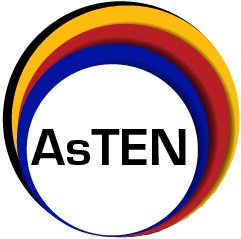
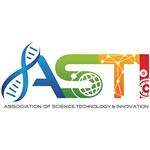
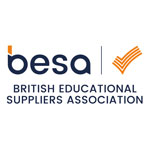



.png?ext=.png)


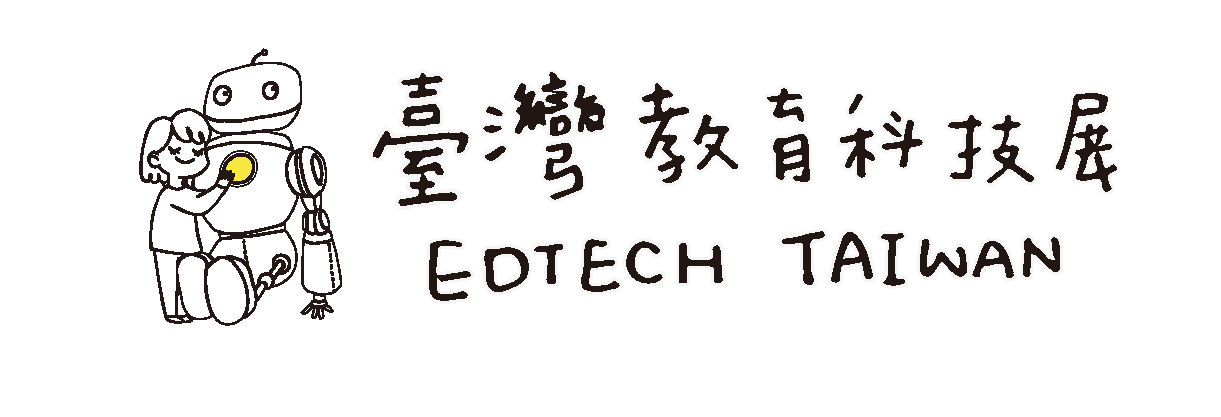

.png?ext=.png)
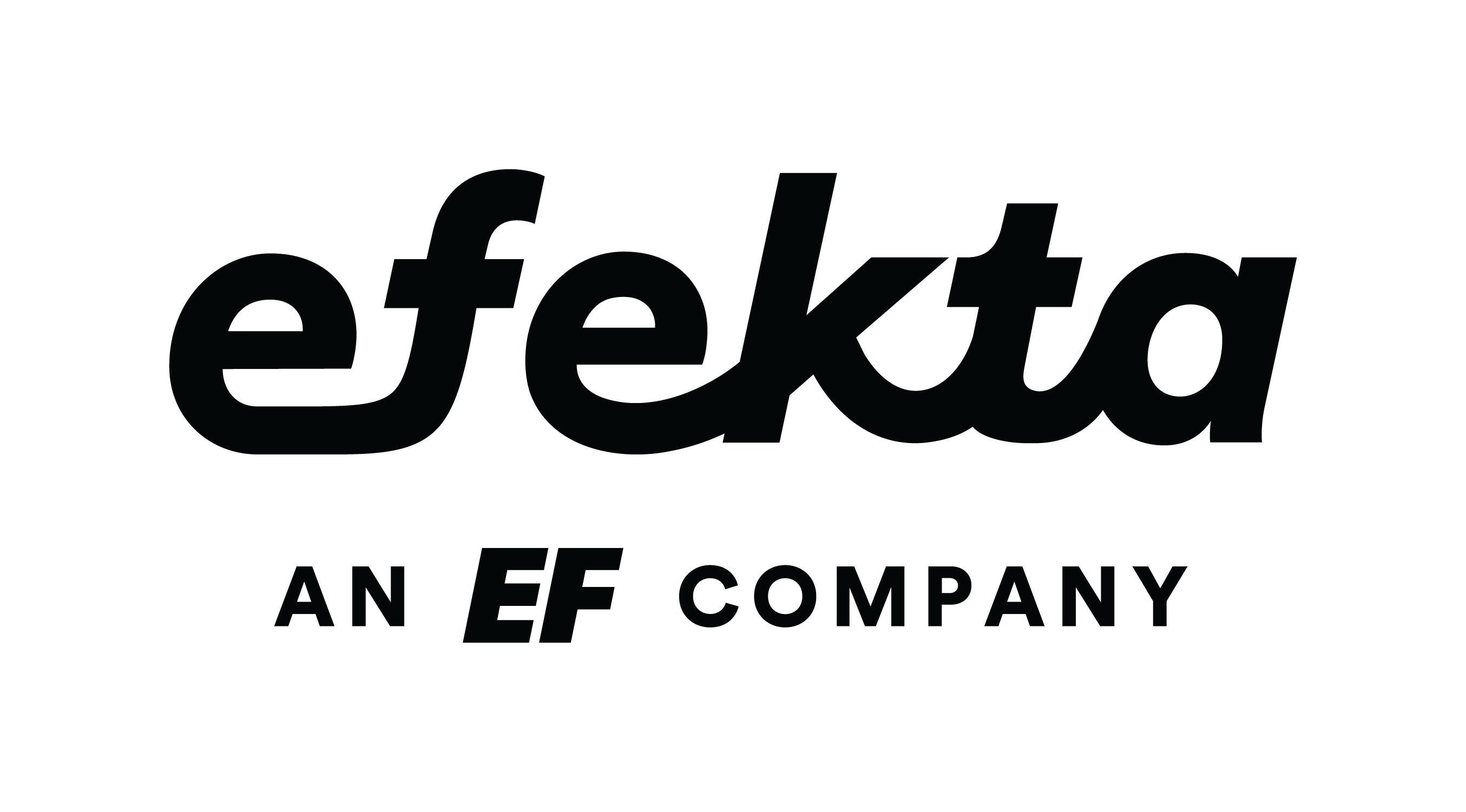


.png?ext=.png)
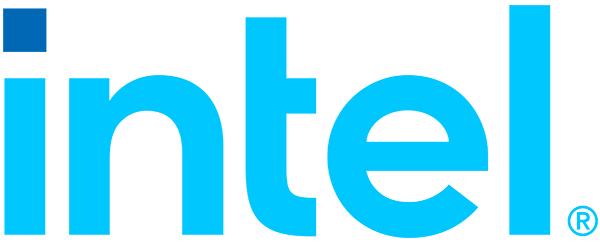






.png?ext=.png)
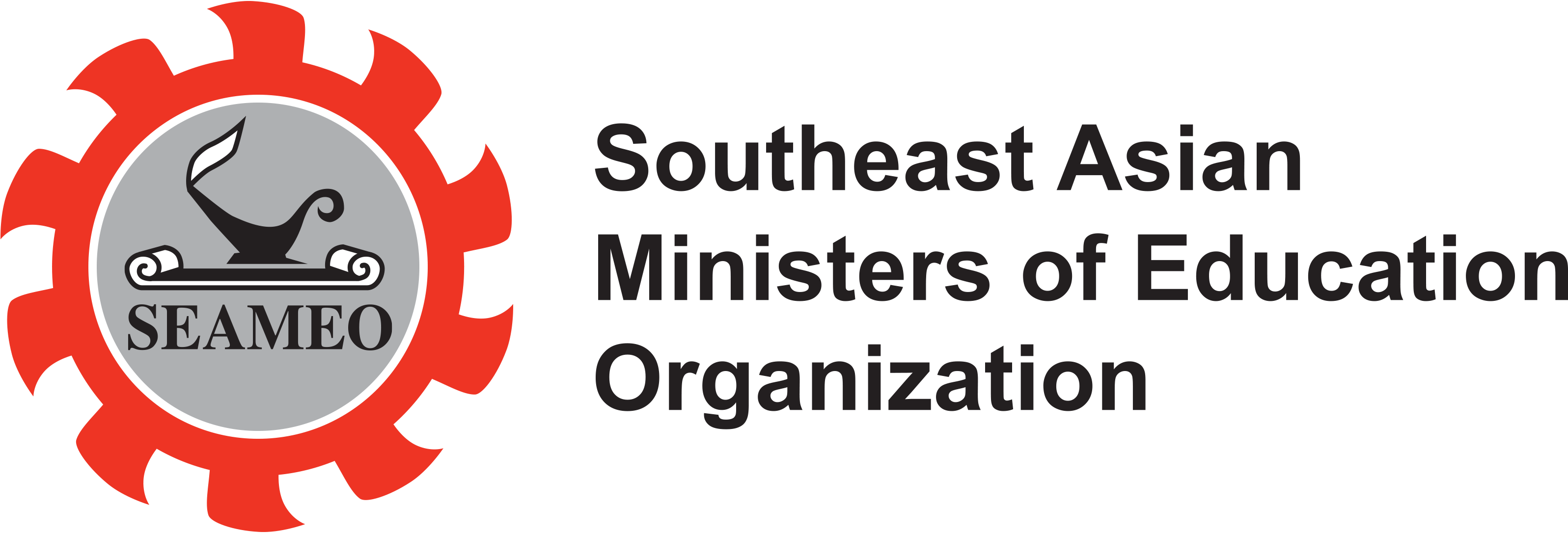
.png?ext=.png)

.png?ext=.png)

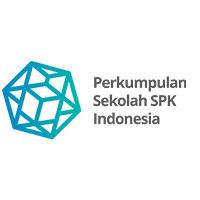

-4000px-(2).png?ext=.png)
